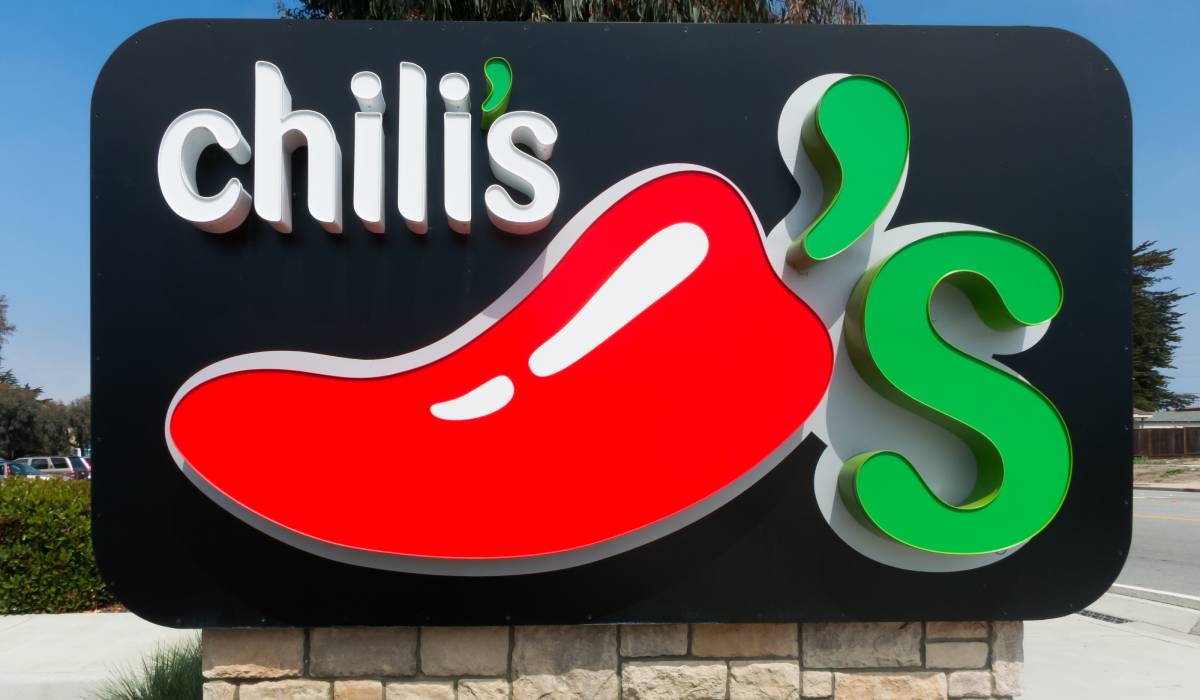For much of the past two decades, Chili’s Grill & Bar, a cornerstone of American casual dining, struggled with declining traffic, heavy competition from fast casual brands, and an identity crisis in a changing restaurant landscape. But over the past few years, Chili’s has quietly staged a turnaround, returning to relevance through sharper strategy, streamlined menus, and a renewed emphasis on value.
The Challenges
By the mid-2010s, Chili’s was facing the same pressures as many legacy casual dining chains. Fast casual concepts like Chipotle and Panera were winning over younger diners with fresher branding, customizable menus, and faster service. Meanwhile, delivery apps and ghost kitchens changed consumer behavior, reducing reliance on sit-down dining. Chili’s, with its sprawling menu and dated image, was struggling to stay competitive.
Traffic declines and falling same-store sales plagued the brand. Chili’s parent company, Brinker International, faced investor pressure to stabilize the business and re-establish a consistent identity for its flagship chain.
Strategic Shifts
The turnaround began when Chili’s leaned into a strategy of simplification and focus. Rather than chasing trends, leadership streamlined the menu to highlight core items: burgers, fajitas, margaritas, and baby back ribs. This reduced kitchen complexity, lowered costs, and improved consistency—addressing one of the biggest customer complaints.
The company also doubled down on value perception, introducing affordable combo meals and expanding its “3 for Me” offering, which packaged appetizer, entrée, and drink at a compelling price point. In a time of inflation and consumer belt-tightening, Chili’s became a reliable option for families seeking sit-down dining without breaking the bank.
Embracing Technology
Technology also played a key role. Chili’s invested in to-go and delivery infrastructure, building digital ordering capabilities and strengthening third-party delivery partnerships. This made the brand more accessible during the pandemic, when off-premise sales skyrocketed. Even as dining rooms reopened, digital convenience continued to drive incremental sales.
Internally, technology improvements optimized scheduling, inventory, and guest experience tracking. These tools gave operators better visibility into costs and performance, while allowing the brand to respond more quickly to shifting consumer patterns.
Marketing and Culture
Chili’s shifted its marketing voice to emphasize authenticity and fun, reconnecting with its Tex-Mex heritage. Ads leaned into nostalgia—reminding customers of the iconic “I want my baby back ribs” jingle—while promoting Chili’s as a comfortable, no-frills destination.
At the same time, management worked to improve employee culture, recognizing that staff retention and morale were crucial to consistent guest service. Initiatives around training, scheduling flexibility, and tip transparency helped create a more stable workforce in a tight labor market.
The Results
These efforts have begun paying off. Chili’s has stabilized traffic, regained market share, and earned renewed attention from analysts as a brand capable of competing in today’s fragmented dining landscape. By focusing on value, consistency, and accessibility, Chili’s is showing that even a legacy chain can adapt.
Conclusion
Chili’s turnaround is a story of discipline and focus. Instead of chasing every industry trend, the brand leaned into what made it famous—Tex-Mex comfort food, strong value, and a lively dining experience—while modernizing operations and digital capabilities. As the restaurant industry continues to evolve, Chili’s recovery offers a blueprint: stay true to your identity, simplify where possible, and meet customers where they are.


